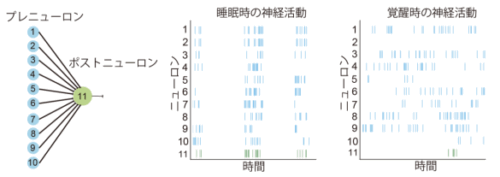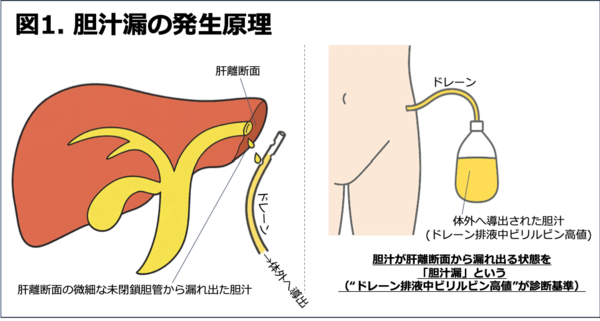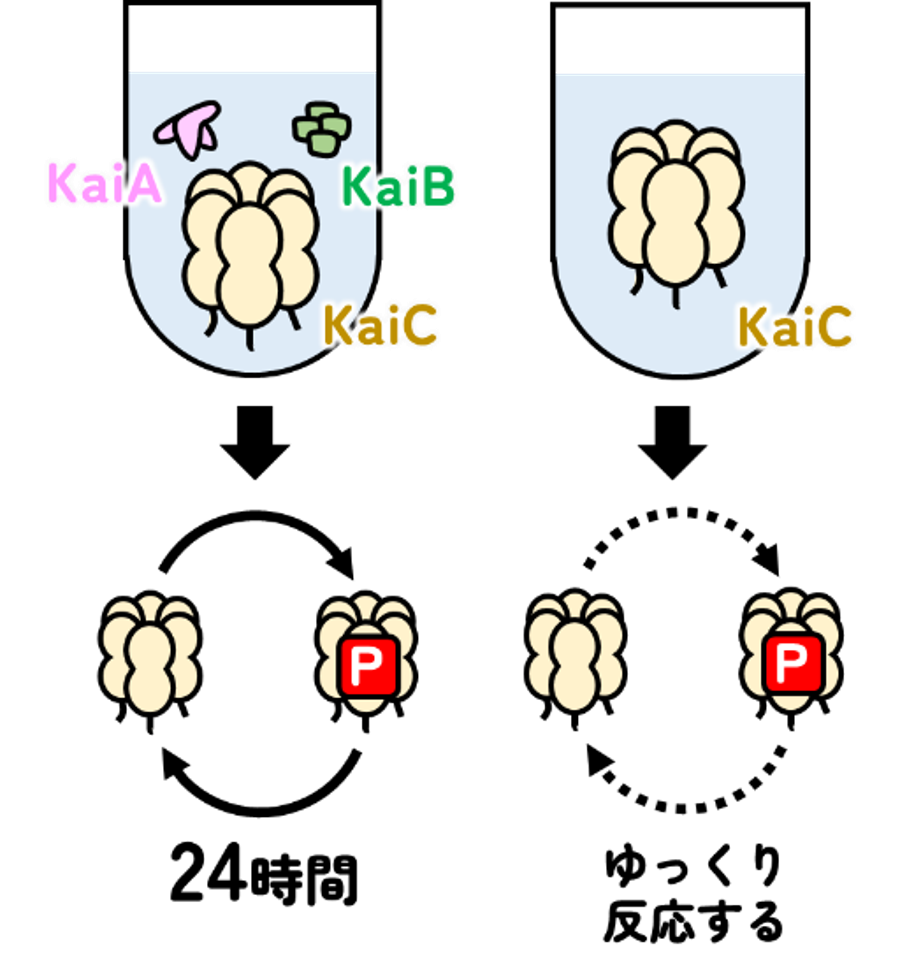2025-06-13 科学技術振興機構,東京大学,理化学研究所,久留米大学

図 1 神経ネットワークの構成とシミュレーションにより生成された睡眠・覚醒時における神経活動
<関連情報>
- https://www.jst.go.jp/pr/announce/20250613/index.html
- https://www.jst.go.jp/pr/announce/20250613/pdf/20250613.pdf
- https://journals.plos.org/plosbiology/article?id=10.1371/journal.pbio.3003198
睡眠覚醒周期におけるシナプス動態をモデル化する統一的枠組み A unified framework to model synaptic dynamics during the sleep–wake cycle
Fukuaki L. Kinoshita,Rikuhiro G. Yamada,Koji L. Ode,Hiroki R. Ueda
PLOS Biology Published: June 12, 2025
DOI:https://doi.org/10.1371/journal.pbio.3003198
Abstract
Understanding synaptic dynamics during the sleep–wake cycle in the cortex is crucial yet remains controversial. The synaptic homeostasis hypothesis (SHY) suggests synaptic depression during non-rapid eye movement (NREM) sleep, while other studies report synaptic potentiation or synaptic changes during NREM sleep depending on activities in wakefulness. To find boundary conditions between these contradictory observations, we focused on learning rules and firing patterns that contribute to the synaptic dynamics. Using computational models considering mammalian cortical neurons, we found that under Hebbian and spike-timing dependent plasticity (STDP), wake-like firing patterns decrease synaptic weights, while sleep-like patterns strengthen synaptic weights. We refer to this tendency as Wake Inhibition and Sleep Excitation (WISE). Conversely, under Anti-Hebbian and Anti-STDP, synaptic depression during NREM sleep was observed, aligning with the conventional synaptic homeostasis hypothesis. Moreover, synaptic changes depended on firing rate differences between NREM sleep and wakefulness. We provide a unified framework that could explain synaptic homeodynamics under the sleep–wake cycle.


